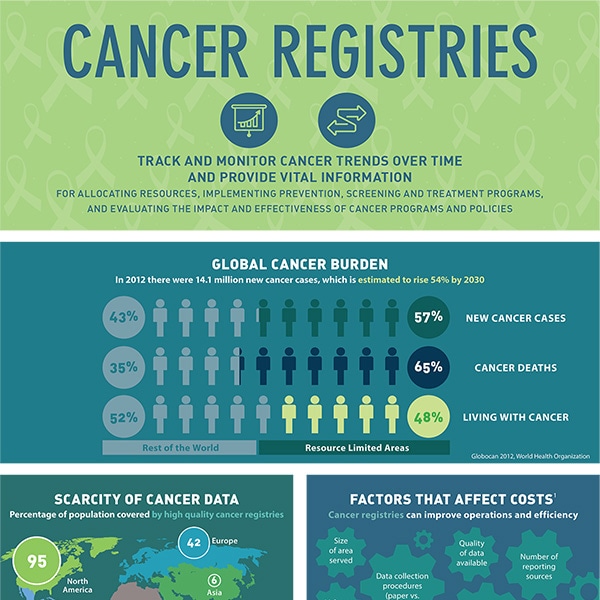This Post Help You To Understand The Hernia Surgical Procedure

Content written by-Stuart Monrad
A rupture is a vulnerable point in the muscle mass or connective tissue of your abdomen. It can trigger pain, discomfort or perhaps infection otherwise dealt with.
Hernia repair work has actually enhanced significantly throughout the years. This is since brand-new surgical methods as well as clinical tools offer a variety of choices for rupture repair services. The goal is to repair ruptures safely as well as properly while decreasing recovery time as well as the threat of reoccurrence.
Frequent Hernia
Hernia surgical treatment can repair ruptures that are creating discomfort, extreme or consistent signs, or if you're at risk of issues. However, hernias can return after surgical procedure if the tissue has actually been repaired inaccurately.
If a hernia returns in a weak location of your fascia, or connective cells, it may call for rupture modification surgical procedure. This is generally advised if you had an infection that stopped your fascia from healing correctly or if the hernia is returning near where the initial rupture was.
Surgical hernia repairs can be done using open surgical treatment or laparoscopically, depending upon your problem and also the surgeon's know-how. Both approaches entail pulling the tissue together and also suturing it.
As a whole, clients should have the ability to participate in typical tasks in your home within a few days of their rupture repair service. However, some people might require to be limited from raising heavy items as well as difficult activity for a few weeks after surgical procedure.
Umbilical Hernia
An umbilical hernia takes place when a loophole of intestinal tract presses via the muscle mass wall near the navel (stubborn belly switch). It might become larger or bigger if a child does points that create stress in the stomach, such as coughing, straining to poop, or lifting something.
A baby with an umbilical rupture normally closes on its very own by age 1 or 2. Nonetheless, some hernias are not closed on their own, requiring surgical treatment to repair them.
Rupture surgery is the most usual way to treat an umbilical rupture. It's a small procedure that takes about thirty minutes as well as generally entails basic anesthesia.
The doctor will after that position strong stitches or an artificial mesh over the vulnerable point in the muscle. This will provide lasting strength to assist avoid the rupture from persisting.
Incisional Hernia
If an incisional hernia triggers issues, it's often treated with surgical procedure. http://lifestyle.asialogue.com/news/iskandar-complex-hernia-center-publishes-article-discussing-resuming-sex-after-hernia-surgery/0417239/ is called hernia repair service.
Usually, incisional hernias establish at or near surgical marks in the abdominal area, however they can likewise occur at other areas of the body. Hernias at these other areas, called parastomal ruptures or spigelias, are less common.
The threat of creating an incisional hernia raises if you've had certain types of surgical procedures on your stomach area, including a surgery to remove a gallbladder or spleen. This is since these operations are done via huge lacerations (cuts).
The majority of people who have an incisional rupture need treatment to repair the hernia as well as see to it it does not get bigger. This can include open rupture surgical treatment as well as minimally intrusive or keyhole surgical procedure, sometimes called "laparoscopic" hernia repair service.
Genital Rupture
A genital hernia occurs when an organ (such as the rectum, bladder or uterus) protrudes into the vagina. These prolapses can take place while pregnant, childbirth or when the pelvic flooring muscles weaken because of aging.
The pelvic flooring is a network of muscle mass as well as connective tissue that holds the bladder, rectum, cervix as well as uterus in place. Read the Full Write-up can become weakened or stretched by age or various other variables, such as injury, surgical treatment, chronic coughing as well as heavy training.
When this happens, the body organs may drop down into the vaginal canal. Medical professionals classify this problem as a pelvic body organ prolapse as well as categorize it by the area in which the organ has actually fallen down into the vagina, such as cystocele, rectocele or vaginal vault prolapse.
There are a variety of therapy choices available, but medical fixing is normally the best choice for extreme prolapses. An item of the person's cells (or tissue from a contributor) is made use of to put the pelvic organs back right into place and also hold them there.

